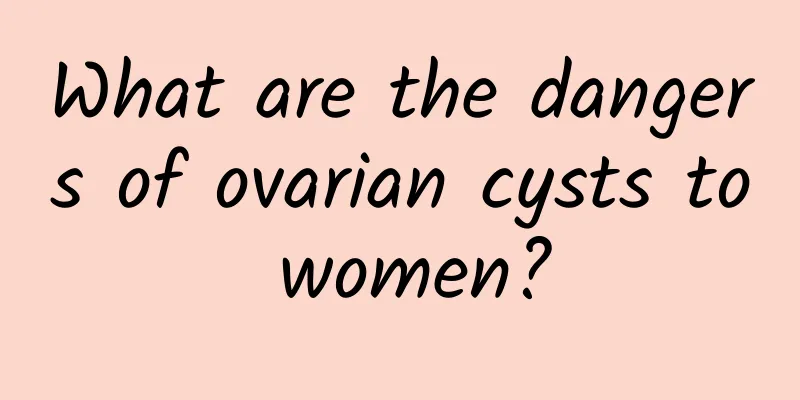What are the differences in the early identification methods of acute and chronic adnexitis?

|
The early symptoms of adnexitis are relatively hidden and easily ignored by patients, thus delaying the best time to treat the disease. So, what are the differences in the early self-identification methods of acute and chronic adnexitis? 1. Early identification of acute adnexitis Acute adnexitis has two typical characteristics in the early stage, namely abdominal pain and fever. The abdominal pain is generally limited to bilateral pain in the lower abdomen. Patients rarely vomit, and the symptoms are aggravated during defecation, accompanied by urinary pain, constipation, abdominal distension, etc. Some patients may also have mucus in their stool, which is mainly caused by inflammatory stimulation of the colon wall. The fever symptoms caused by acute adnexitis are mostly in the high fever range. Patients can have a high fever of 39℃-40℃, with irregular remittent fever, accompanied by chills or chills. If the inflammatory lesions are isolated due to adhesions, the patient's body temperature will drop quickly; if the high fever drops once and then rises repeatedly, it means that the inflammation has spread or suppurated changes. 2. Early identification of chronic adnexitis Chronic adnexitis also has two typical characteristics in the early stage, namely abdominal pain and irregular menstruation. Unlike acute adnexitis, the abdominal pain symptoms of patients with chronic adnexitis are mostly latent, mainly characterized by soreness, swelling, and a feeling of falling in the lower back and sacrum, and the symptoms often worsen after fatigue. Some patients also experience filling and emptying pain in the bladder and rectum, or bladder and rectal irritation symptoms such as frequent urination and tenesmus. The menstrual disorders of patients with chronic adnexitis are mainly frequent menstruation and excessive menstrual flow, which may be the result of pelvic congestion and ovarian dysfunction. |
<<: A dietary recipe suitable for nourishing and recovering women after abortion
>>: Eight Chinese herbal medicine prescriptions are effective in treating ovarian cysts
Recommend
Vulvar leukoplakia needs to be carefully differentiated from neurodermatitis
Vulvar leukoplakia and neurodermatitis have certa...
How to repair congenital absence of vagina?
How to repair congenital absence of vagina? Conge...
How to treat cervical erosion? 3 common methods to treat cervical erosion
Cervical erosion can be treated with medication, ...
Can a woman who is approaching menopause get pregnant?
The chances of pregnancy for women approaching me...
Female friends should do a good job in preventing adnexitis
Adnexitis is a relatively serious gynecological d...
Does pelvic inflammatory disease cause bleeding? What are the other symptoms?
There are many factors that cause women to suffer...
What should I do if my period doesn't come after taking Mafulong?
It is not uncommon for menstruation to be absent ...
What to do for irregular menstruation
Irregular menstruation usually requires gynecolog...
Is pelvic therapy effective for pelvic effusion?
Is pelvic therapy effective for pelvic effusion? ...
What should I do if the medical abortion is not clean? What are the common dangers of medical abortion?
Medical abortion is a common method of abortion a...
What are the causes of irregular menstruation?
What are the causes of irregular menstruation? Ir...
Are the symptoms of hyperprolactinemia serious?
Hyperprolactinemia is the most common pituitary d...
What should you pay attention to when you eat to treat cervical erosion? 4 dietary precautions to treat cervical erosion
Cervical erosion is one of the common cervical di...
Is irregular menstruation hereditary?
Is irregular menstruation hereditary? The appeara...
Experts tell you how to regulate irregular menstruation.
What are the treatments for irregular menstruatio...









